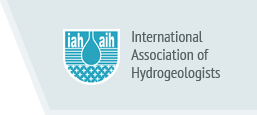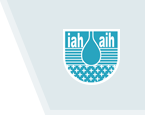Resources
The Resources section offers a curated collection of reports, datasets, tools, and publications on groundwater. Designed for researchers, policymakers, and professionals, it provides insights into groundwater management, monitoring, and sustainability, supporting informed decision-making and research.
You can also visit our sites for general information on Groundwater and Groundwater in the Netherlands for more region-specific details.







